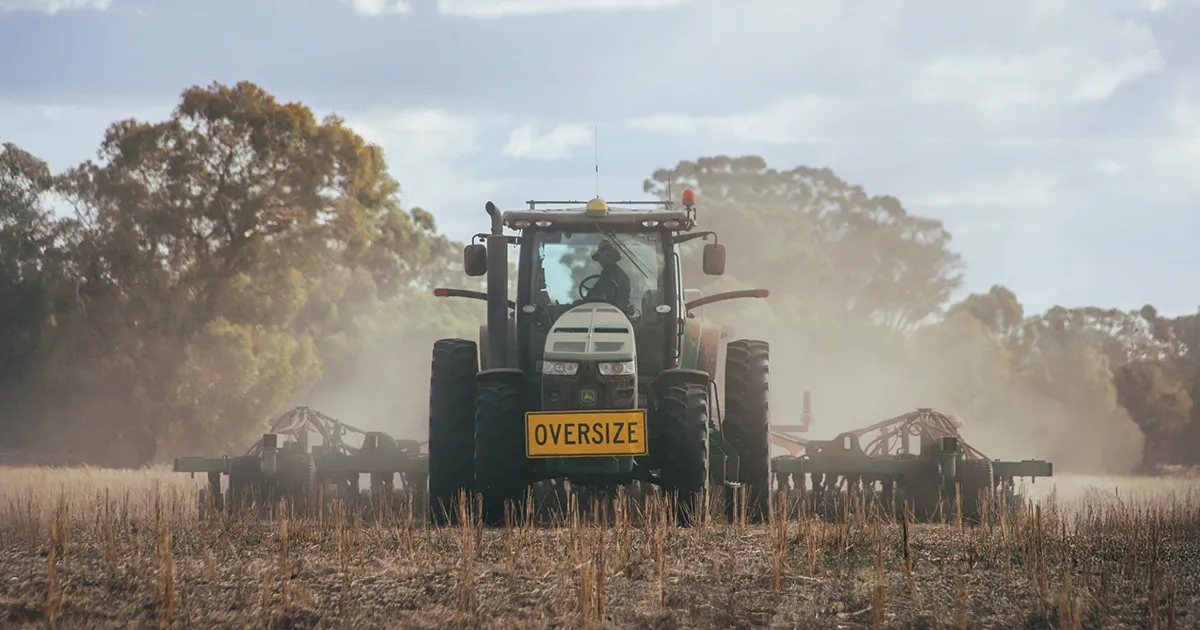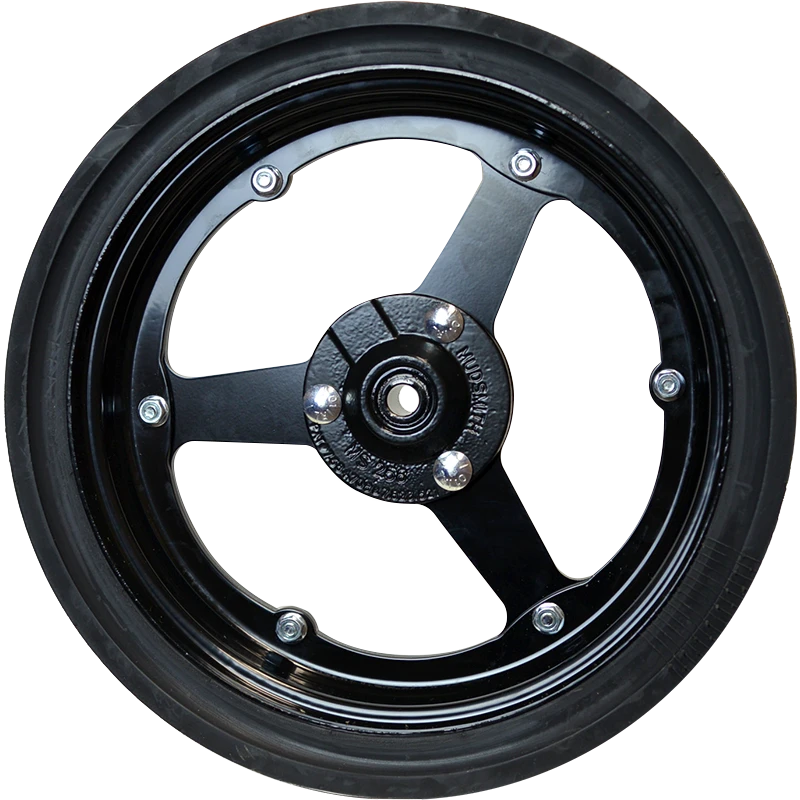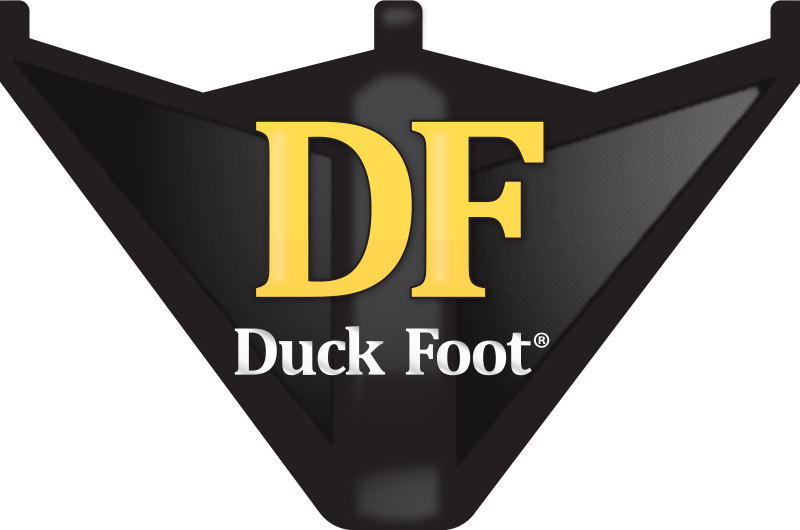
A straightforward guide to clearing residue without losing moisture, stand, or speed.
The Prairie Challenge
Short springs. Heavy cereal residue. Tangled canola stubble. Narrow seeding windows. Out here, clean trenches and consistent depth matter more than theory. The Canola Council has it right; better seed-to-soil contact means better stands and steadier yields.
What Row Cleaners Actually Do
On a disc drill, a residue manager sweeps straw aside so the blade cuts soil, not trash. That stops hairpinning, clears the trench, and lets the press wheel do its job. It’s a precision tool; not another tillage pass.
The Myths (and the Facts)
Myth 1: Sharp blades and downforce are enough
Both matter, but they don’t fix residue bunches. Clean cuts come from moving material at the row.
Myth 2: Row cleaners dry out the seedbed
Not if they’re set right. Wheels skim just enough to clear the disc path while leaving cover between rows.
Myth 3: Residue management is for planters, not drills
Disc drills are especially prone to hairpinning in heavy or moist residue. Clearing the path helps stands, especially for canola.
Myth 4: Hoe drills make residue managers irrelevant
Plenty of Prairie farms run discs for accuracy and low disturbance. Straw clumps still happen. Residue managers help even things out.
Myth 5: They’ll throw residue into the next row
Single-wheel designs float and clear just the blade path. Conservative settings keep residue in place.
Myth 6: They’re a maintenance headache
Modern hubs are sealed, and pin-up options get them out of play in minutes.
Aricks Residue Managers: Built for JD 50/60/90
- Heavy cast arms with a toothed wheel
- Sealed hub, low maintenance
- Jacker bolt limits downstroke
- Quick cable pin-up
- Bisalloy steel plate
Result: less hairpinning, better emergence.
Prairie Setup Tips
- Fix harvest first: spread residue evenly.
- Start light: move residue, not soil.
- Limit downstroke: keep wheels from diving.
- Check results: clean blade path, no straw in trench.
- Pin-up when not needed.
When to Skip Them
If residue is light, soils are firm, or inter-row seeding is accurate. Avoid in wet soils or where surface herbicides could be disturbed.
ROI Snapshot
Cleaner rows mean stronger crops, fewer plugs, less downtime, and more consistent emergence—all with minimal maintenance.
Quick Comparison
Aricks: opener-mounted, single wheel, low maintenance, quick pin-up.
Alternatives: frame-mounted or twin wheels—more complexity, less flexibility.
Bottom Line
Residue managers aren’t overkill—they’re insurance. Set light, clear the path, and give your blades the best shot at doing their job. Use them where they help, pin them up where they don’t. The payoff is simple: clean seed slots and even stands. Interested in talking with one of our Aricks pro’s about your set up? Give us a call at (855) 612-7006.


















